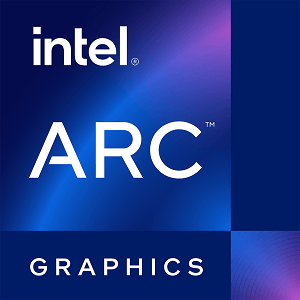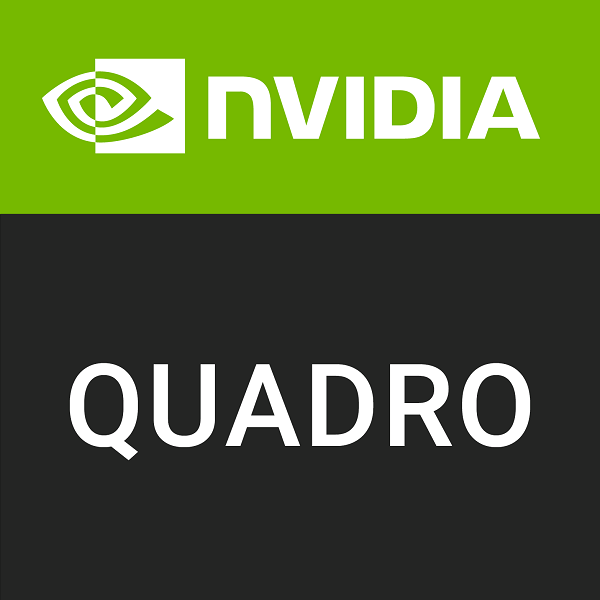Intel Arctic Sound 1T vs NVIDIA RTX A4500 Embedded
We compared two Professional market GPUs: 16GB VRAM Arctic Sound 1T and 16GB VRAM RTX A4500 Embedded to see which GPU has better performance in key specifications, benchmark tests, power consumption, etc.
Main Differences
Intel Arctic Sound 1T 's Advantages
Larger VRAM bandwidth (1229GB/s vs 384.0GB/s)
256 additional rendering cores
NVIDIA RTX A4500 Embedded 's Advantages
Released 1 years and 2 months late
Boost Clock1215MHz
Lower TDP (80W vs 350W)
Score
Benchmark
FP32 (float)
Arctic Sound 1T
11.06 TFLOPS
RTX A4500 Embedded
+29%
14.31 TFLOPS
Graphics Card
Jan 2021
Release Date
Mar 2022
Xe Graphics
Generation
Quadro Ampere-M
Professional
Type
Professional
PCIe 4.0 x16
Bus Interface
PCIe 4.0 x16
Clock Speeds
-
Base Clock
510 MHz
-
Boost Clock
1215 MHz
1200 MHz
Memory Clock
1500 MHz
Memory
16GB
Memory Size
16GB
HBM2e
Memory Type
GDDR6
4096bit
Memory Bus
256bit
1229GB/s
Bandwidth
384.0GB/s
Render Config
-
-
-
-
SM Count
46
6144
Shading Units
5888
192
TMUs
184
96
ROPs
96
-
Tensor Cores
184
-
RT Cores
46
-
L1 Cache
128 KB (per SM)
8 MB
L2 Cache
4 MB
-
-
-
Theoretical Performance
86.40 GPixel/s
Pixel Rate
116.6 GPixel/s
172.8 GTexel/s
Texture Rate
223.6 GTexel/s
22.12 TFLOPS
FP16 (half)
14.31 TFLOPS
11.06 TFLOPS
FP32 (float)
14.31 TFLOPS
2.765 TFLOPS
FP64 (double)
223.6 GFLOPS
Board Design
350W
TDP
80W
750 W
Suggested PSU
-
No outputs
Outputs
Portable Device Dependent
None
Power Connectors
None
Graphics Processor
Arctic Sound
GPU Name
GA104
-
-
-
Generation 12.5
Architecture
Ampere
Intel
Foundry
Samsung
10 nm
Process Size
8 nm
8 billion
Transistors
17.4 billion
190 mm²
Die Size
392 mm²
Graphics Features
12 (12_1)
DirectX
12 Ultimate (12_2)
4.6
OpenGL
4.6
3.0
OpenCL
3.0
N/A
Vulkan
1.3
-
CUDA
8.6
6.5
Shader Model
6.7




